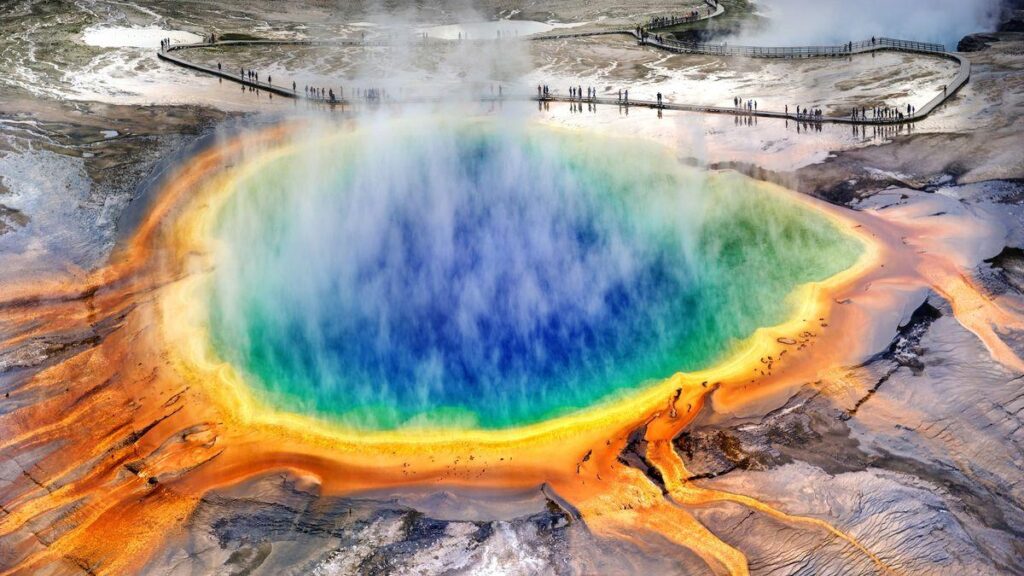Beneath the twinkling lights and the whirring of carnival rides, chaos erupted in an unexpected spectacle of disorder. What was meant to be a night of family entertainment and local revelry turned into a scene of tumultuous confrontation when local law enforcement made the decisive call to halt the festivities. In a small Wyoming town, where community gatherings typically promise simple pleasures, the carnival became an unexpected stage for a series of escalating conflicts that ultimately led to its premature shutdown. A festive evening turned chaotic at the Campbell County Fairgrounds when local law enforcement intervened to halt rising tensions during the annual summer carnival. Witnesses reported multiple large-scale altercations that prompted immediate shutdown of the event by Gillette Police Department.
Initial reports suggest the violence erupted around 9:30 PM when several groups began engaging in physical confrontations near the midway area. Carnival attendees described a sudden escalation from verbal arguments to physical fights involving approximately 20-30 individuals.
Police officers arrived swiftly, deploying additional units to control the escalating situation. Multiple eyewitnesses stated that the fights appeared spontaneous and seemed unrelated to any single specific trigger. Some suggested underlying tensions between different social groups might have contributed to the widespread disorder.
Sheriff’s deputies worked methodically to disperse crowds and separate individuals involved in the confrontations. Emergency medical services were also present to treat minor injuries sustained during the altercations. No significant weapon-related incidents were reported during the initial assessment.
The carnival, which typically attracts hundreds of local residents and visitors, was instantly cleared by law enforcement. Event organizers collaborated with police to ensure a controlled and safe evacuation of the grounds. Vendor stands were quickly shuttered, and rides were brought to an immediate stop.
Local officials emphasized the importance of maintaining public safety during community events.Campbell County representatives noted that such large-scale disruptions are rare in the area and expressed commitment to understanding the root causes of the evening’s disturbances.Preliminary investigations suggested that alcohol consumption and overcrowding might have contributed to the heightened tensions. Police continued gathering statements from witnesses and reviewing available surveillance footage to determine the precise sequence of events.
Community members expressed shock and disappointment at the unexpected turn of events. Many families who had anticipated an enjoyable evening were left frustrated by the abrupt cancellation of the carnival.
Local authorities urged anyone with additional information about the incidents to contact the Gillette Police Department. They emphasized the need for community cooperation in preventing future disruptions.
The fairgrounds remained closed for the remainder of the evening as investigators processed the scene and conducted initial interviews with involved parties.Future events at the location will likely undergo enhanced security protocols to prevent similar incidents.


